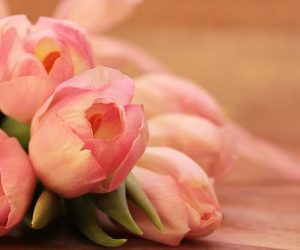We all recognize common plants. But have you ever seen a plant looking like a heart? Or plants with a monkey face? The world of plants is amazing. Nature is amazing. You can find some incredible, strange, unusual, and weird plants out there.
Fun fact: many of these strange plants can make great houseplants. Fascinating and cool, you will definitely want to keep one in your indoor or outdoor garden.
What is the first thing that comes to mind when you think of plants? Beautiful bouquets? Delicate petals? Well, the plants on our look nothing like typical plants.
Mother Nature has no limits. She can create some amazing and weird plants as well. These plants also play a huge role in our ecosystem, supporting life as we know it.
With that in mind, let’s take a look at some of the weird-looking plants.
Monkey Orchid – Dracula Simia
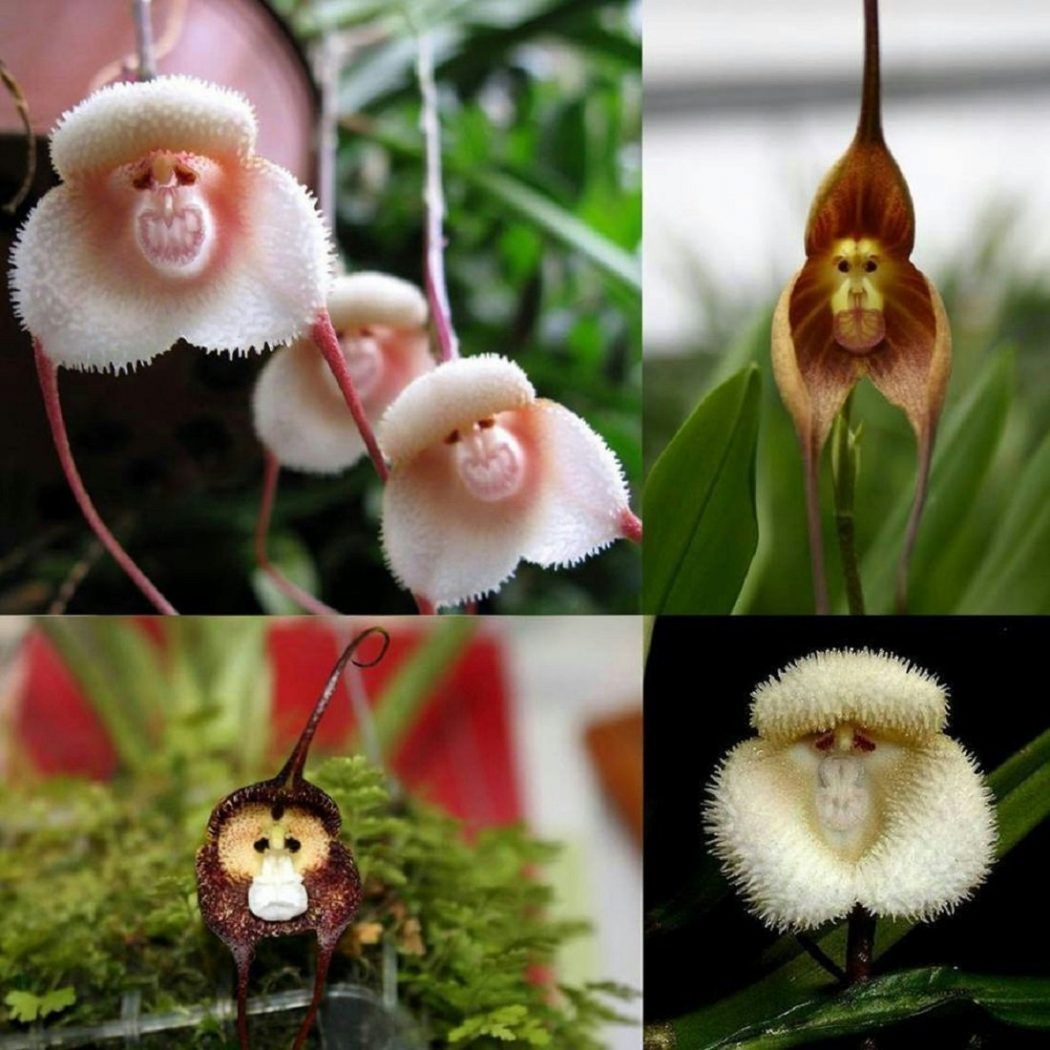
You can find this rare orchid in the Ecuadorian and Peruvian cloud forests at high elevations. Orchids appear in all shapes, sizes, and colors. But this one is definitely unique. It looks like an animal. The name comes from its petals and design that depict a face of a monkey.
When this orchid blooms, it delivers a ripe orange smell. This orchid is a popular choice for collectors because of its rarity. Not many people have it. After all, it grows at an elevation of 2000 meters.
Nerve Plants – Fittonia albivenis
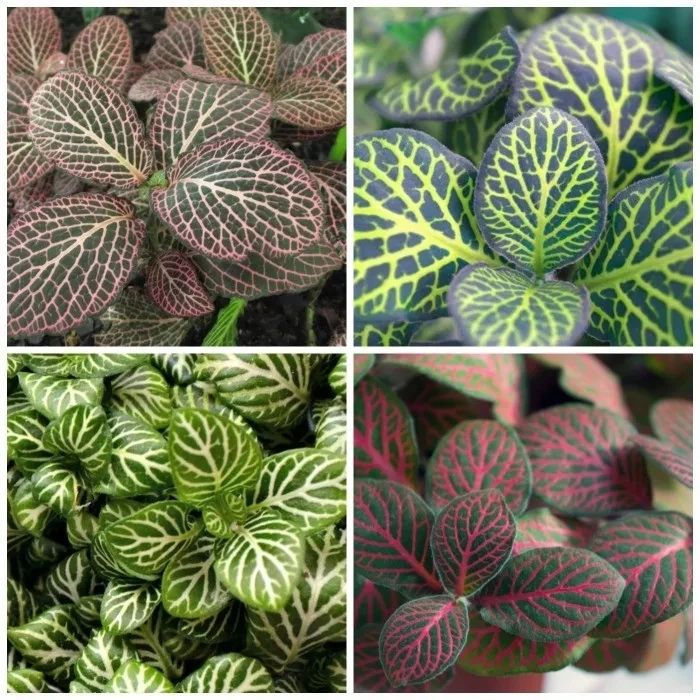
This species of flowering plants in the family of Acanthaceae appears mostly in rainforests. Native to the rainforests of Colombia, Bolivia, Ecuador, Peru, and northern Brazil, it is an herbaceous plant. Notable for its dark green foliage with strongly contrasting white or red veins.
Basically, it looks like veins on our bodies. The plant got its nickname due to the bright leaf veins. With vibrant colors and unusual patterns, these plants can bring joy to the most boring spots in your home.
The eye-catching houseplant finds its usage in hanging baskets, container gardens, and even terrariums. Just pay attention, this plant needs a condition similar to the rainforest floor.
Venus Fly Trap – Dionaea muscipula
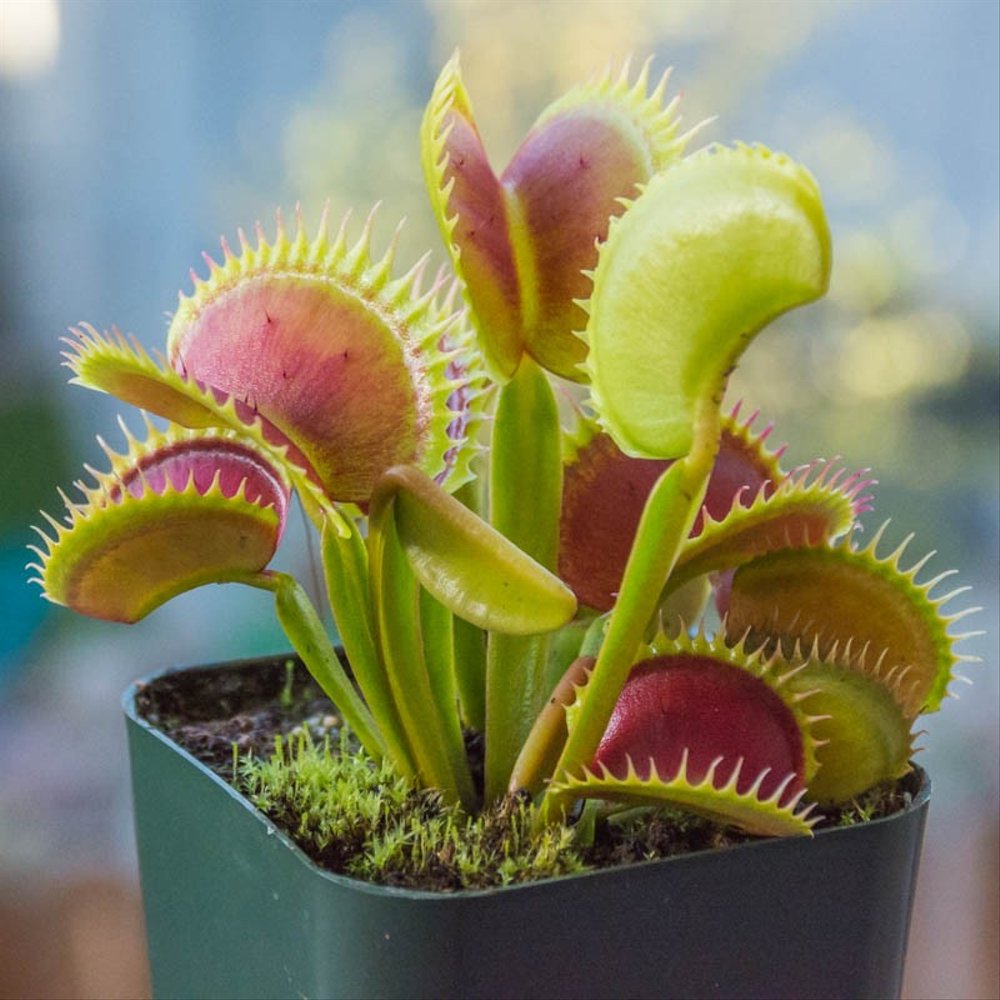
The most famous of all carnivorous plants, Venus has active and efficient traps. But despite its fame, this plant belongs on the threatened species list.
The plant has two hinged leaves, covered in ultra-sensitive fine hairs. These detect the presence of everything from ants to arachnids. If you trigger the hairs, the plant will shut you in less than a second using its trap.
Luckily, the plant cannot eat anything bigger than a housefly. So, there is no danger for people. The Venus Fly Trap feeds mostly on mosquitos and gnats.
Happy Alien Flowers – Calceolaria uniflora
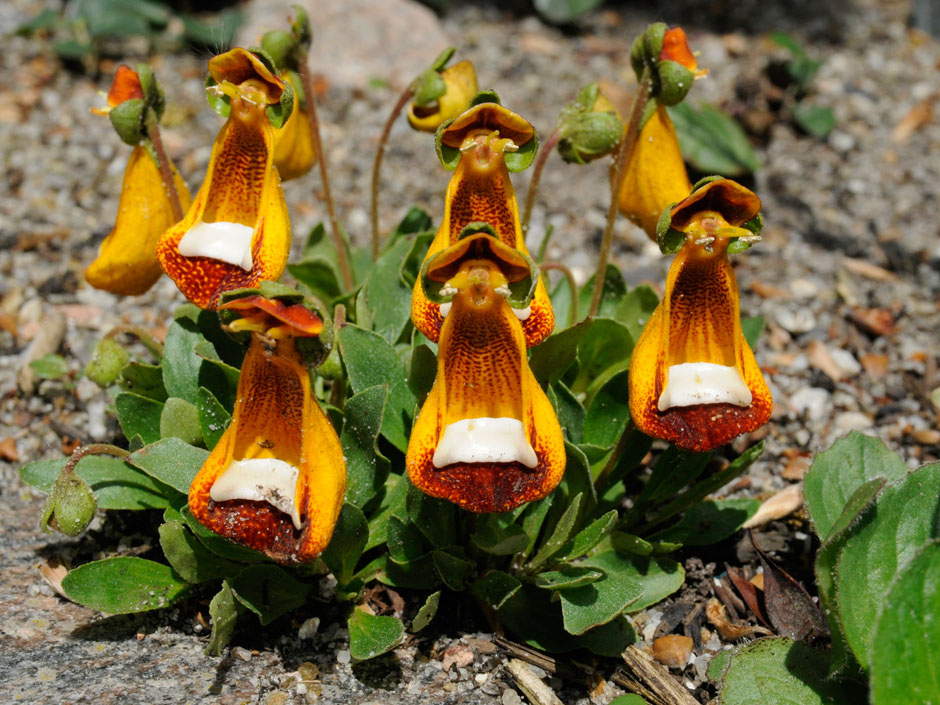
This flower looks unique. And its name suggests it. The plant got its name thanks to its unearthly shape. Charles Darwin originally discovered the plant that grows in cold climates. Native to the Southern tip of South America close to Antarctica, this plant grows near or on rocks.
Thanks to its shape, the flower attracts hummingbirds and its pollen rubs off on these birds to help with pollination.
Some people know the plant as “Darwin’s slipping flower”.
Stinking Corpse Lily – Rafflsia arnoldii
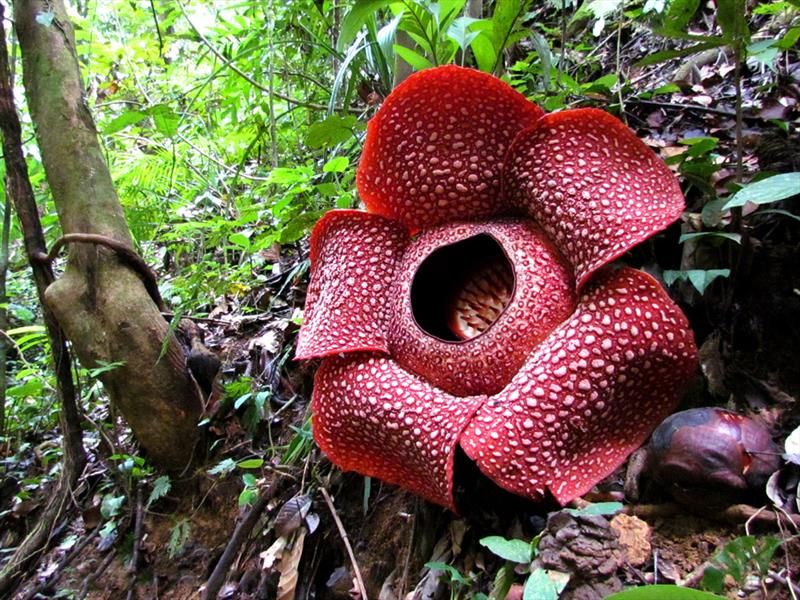
Famous as the world’s largest flower. It is a species of flowering plant in the parasitic genus Rafflesia. Noted for producing the largest individual flower on Earth. This plant also has a strong and unpleasant odor of decaying flesh.
Native to the rainforests of Borneo and Sumatra, it can grow up to 3 feet across. The flower can also weigh up to 15 pounds.
The parasitic plant has no visible leaves, roots, or stem. The exotic, very rare, and not pretty flower might not be the best choice for growing anywhere near your landscape.
Fun fact: the blossom of the flower lasts only three days to a week. But during those days, the flower produces a hideous smell that attracts pollinating insects.
Living Stones – Lithops
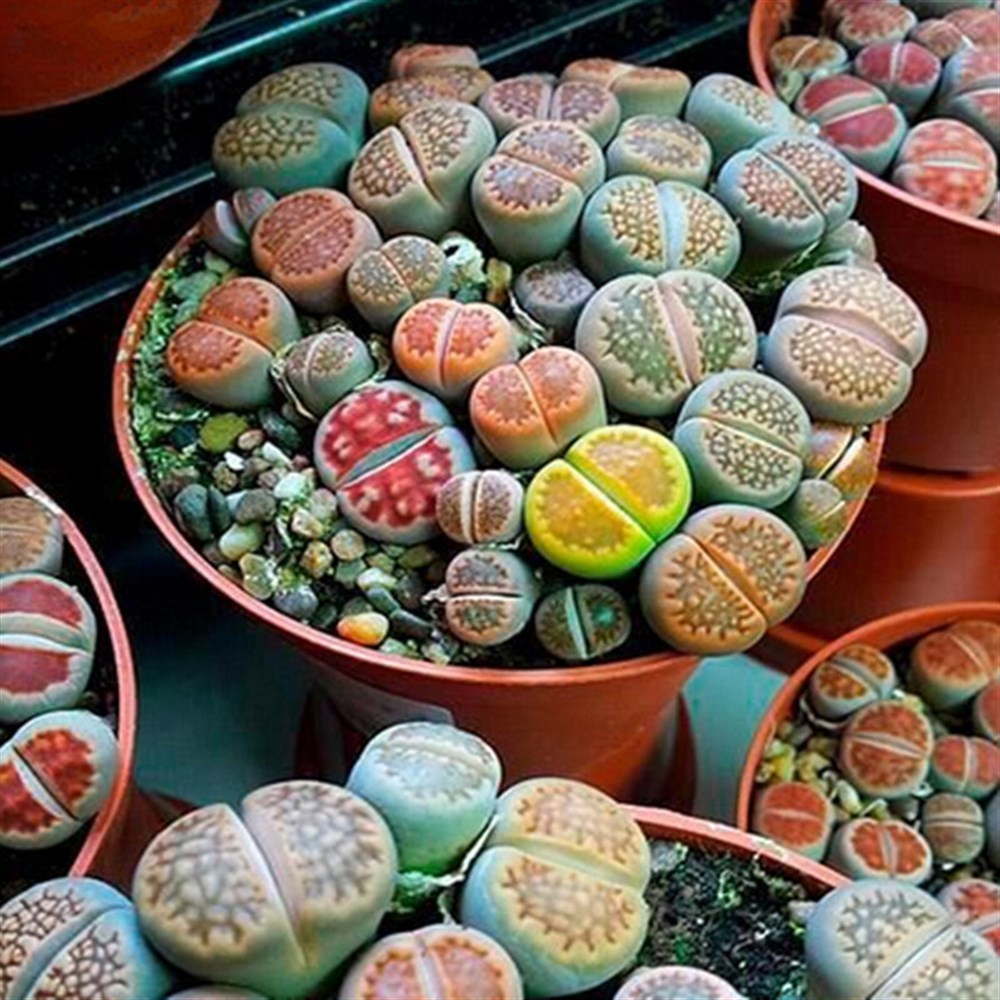
Can you imagine flowers looking like stones? Well, they are not stones. But because they grow on stones, they look like living stones. The genus of succulent plants in the ice plant family Aizoaceae, grows in southern Africa.
The name comes from ancient Greek words, meaning stone and face. It refers to the stone-like appearance of the plants.
So, why do they look like stones? The pebble plants mimic rocks. Why? That is how they avoid getting eaten by pests. They blend in with surrounding rocks. They bury their leaves below the surface of the soil, leaving only a translucent top surface on top.
Bee Orchid – Ophrys apifera
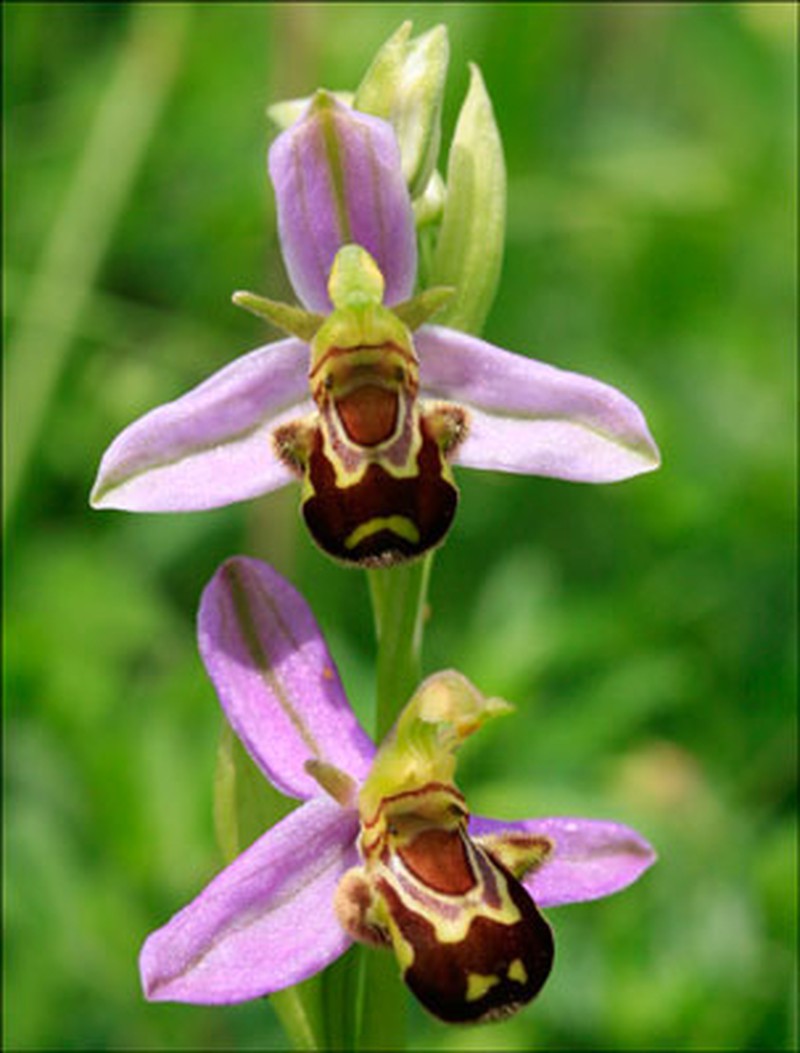
We had a monkey orchid, and now we have a bee orchid. You guess why the name, right? The petals of this orchid resemble the pollinator, bees.
Yet, it is a self-pollinating plant. How does it work? Well, male bees come to the plant, and they get tricked by the fragrance of the plant, thinking it is a female bee.
These orchids require a Mediterranean climate. You can find it also in the southern half of the UK and Ireland.
In the past, people picked plants for their attractive flowers. The single flower of the bee orchid is the culmination of up to 8 years of growth. If picked, the plant will not flower again and will lose its ability to produce seeds.
Hoya Hearts
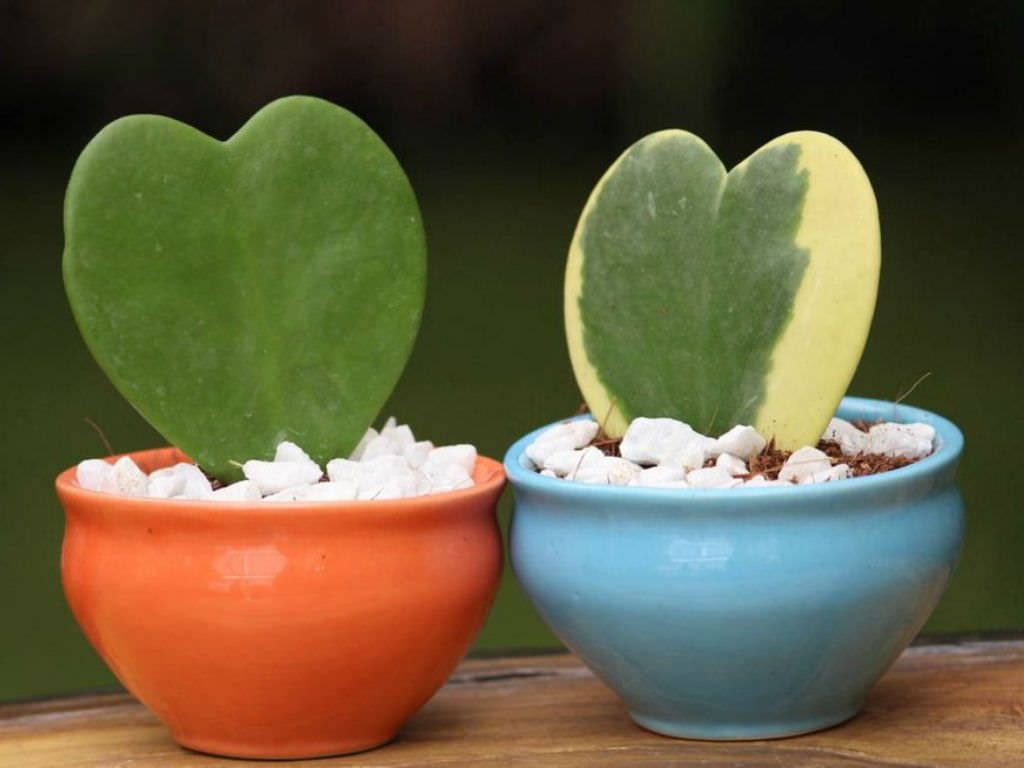
Think of this plant as your next Valentine’s present. Fun fact: these leaves might never grow into a full plant. But that is great for some people.
The Hoya hearts grow very, very slowly. It takes years before they grow into a fully adult flower. But that is great because they remain heart-shaped flowers for a long time.
Bat plant – Tacca chantrieri
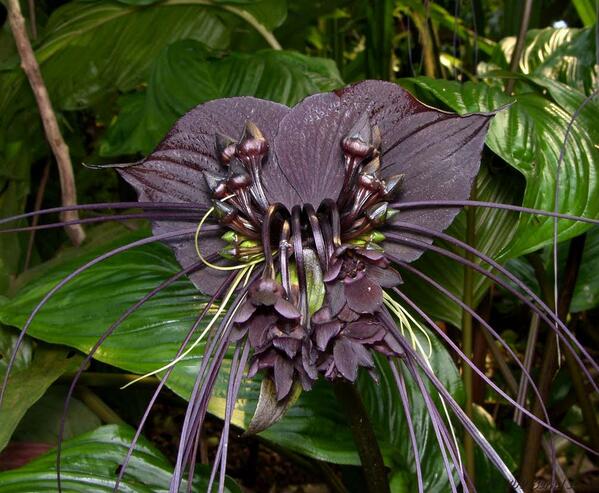
There are many names to this flower. Some call it Devil Flowers, others Cat’s Whiskers. And some even call it Bat Head Lily.
Discovered in Southern China, where the warm climate and tropical forest provide optimal growing conditions. This is another big plant, and it can grow up to 36 inches. Thanks to its dark aesthetic, many people use it to complement their Halloween décor.
Dancing Plant – Desmodium gyrans
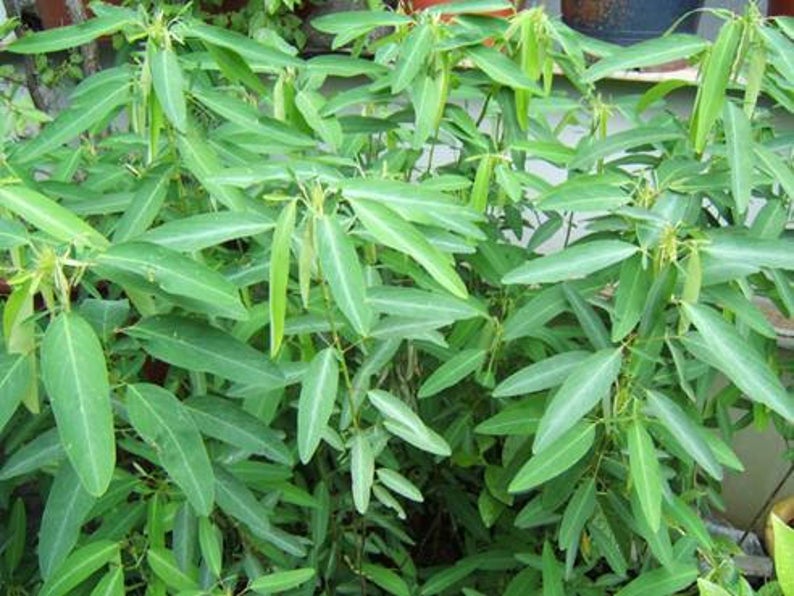
Can you imagine a plant dancing? Well, this one doesn’t dance per se, but it looks like a dancing plant. Plants rarely move, and they move at rates we cannot perceive. Some plants can make rapid movements in fits and bursts.
Charles Darwin discovered this plant and called it Hedysarum. But modern botanists gave it a new name, Desmodium Gyrans. The common name is Dancing Grass or Telegraph Plant.
The leaf movements resemble semaphore signals and dancing. Native to Southeast Asia, you can find it in tropical countries.



